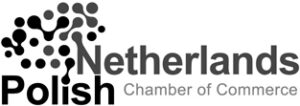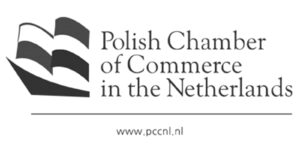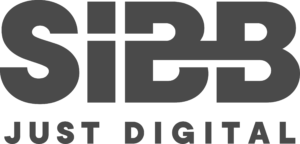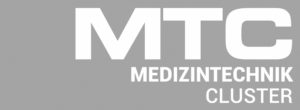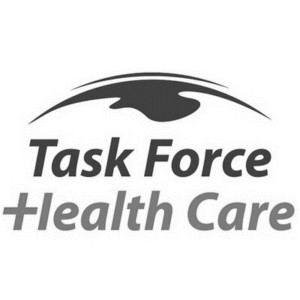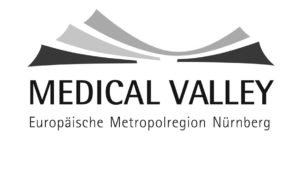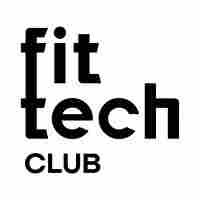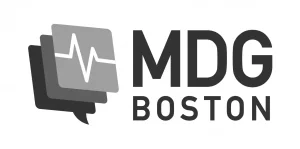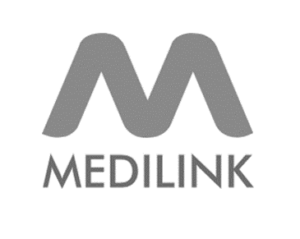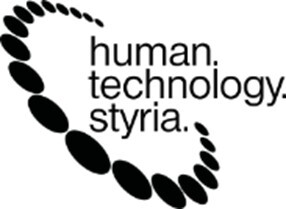The science fiction of yesterday is the reality of today. Imagine your driverless car pulling up to your house. You get out of the car and walk to your front door, you unlock your smart lock with just your thumb. The smart lights come on automatically as you walk through the house, the temperature is regulated by your smart thermostat. Your glucose monitoring system beeps, warning you that your glucose level is low. You say ‘Alexa, play some Bach’ and music fills the room as you start to prepare a snack…
The Internet of Things (IoT) and artificial intelligence (AI) are rapidly transforming many aspects of our daily lives. With everything from virtual assistants like Siri and Alexa, to blood pressure monitors and other wearable devices, to smart locks, smart lights, smart thermostats and other smart appliances, to connected and autonomous vehicles, few of us in the developed world can claim to be unaffected.
Wearable technology is part of this exciting and quickly expanding sector. According to Grand View Research, the global wearable technology market size was valued at US$ 32.63 billion in 2019 and is projected to expand at a compound annual growth rate of 15.9% from 2020 to 2027. Wearable fitness devices, such as activity trackers and smartwatches, are increasingly popular among consumers. An example of this trend is Google’s acquisition of Fitbit, Inc. (US consumer electronics and fitness company) for a hefty US$ 2.1 billion. But it’s not just the big players who can reap the benefits, there are many exciting opportunities for both start-up and mature companies.
More and more, wearable technology is moving towards the healthcare sector and the line between wearable devices and wearable medical devices is not always clear. There is potential for companies to join this growing market, but it may seem difficult and complicated. There are regulations and standards that need to be respected, which means that companies developing wearable technology need to be clear about what wearable medical technology is, and whether they are crossing the line into that domain.
So, if you are thinking of entering this market, here are a few points to consider:
Know what a wearable device is
Wearable technology, wearable devices or wearables are smart electronic devices worn on or close to the skin to detect and monitor body signals such as vital signs and ambient data, giving feedback to the wearer. They are in fact tiny wearable computers. A popular example are activity or fitness trackers. These devices or apps measure activity related data such as distance covered, heart rate and calories burned, helping the wearer meet their daily fitness goals.
Know what a wearable medical device is
A medical device must have a medical purpose. According to the EU’s Council Directive 93/42/EECof 14 June 1993 concerning medical devices, a medical device is “any instrument, apparatus, appliance, software, material or other article, whether used alone or in combination, including the software intended by its manufacturer to be used specifically for diagnostic and/or therapeutic purposes and necessary for its proper application, intended by the manufacturer to be used for human beings for the purpose of:
- diagnosis, prevention, monitoring, treatment or alleviation of disease,
- diagnosis, monitoring, treatment, alleviation of or compensation for an injury or handicap,
- investigation, replacement or modification of the anatomy or of a physiological process,
- control of conception,
and which does not achieve its principal intended action in or on the human body by pharmacological, immunological or metabolic means, but which may be assisted in its function by such means”.
Some examples of wearable medical devices are:
- Wearable devices for diabetics. They include continuous glucose monitoring systems (CGMs) that provide real-time glucose readings and automated insulin delivery systems such as insulin pumps that automatically adjust background insulin (example Medtronic).
- Wearable cardioverter-defibrillators (WCD) for heart patients who are at risk of sudden cardiac arrest. The WCD can detect dangerous arrhythmia and deliver high-energy shocks to save the patient’s life.
Understand that software can be considered to be a medical device
As can be seen in the above-definition of a medical device, software could be considered to be a medical device. Directive 2007/47/EC states that “it is necessary to clarify that software in its own right, when specifically intended by the manufacturer to be used for one or more of the medical purposes set out in the definition of a medical device, is a medical device. Stand alone software for general purposes when used in a healthcare setting is not a medical device”.
What this comes down to is:
- Software embedded in medical devices must meet the same
- criteria and certification as medical devices.
- Stand alone software for generic devices can also be considered to be a “medical device” (as defined above – Council Directive 93/42/EECof 14 June 1993 concerning medical devices). So if you create an app that is used for diagnostic and/or therapeutic purposes, it will be considered a “medical device” and subject to the same regulations and standards as medical hardware devices.
- General purpose software, even when used in a medical environment, is not considered to be a medical device. For example an app providing reference information for a patient or physician; an app connected to a wearable fitness device to monitor the general well-being of someone and not a specific disease; and software for non-medical purposes such as e-mailing, word processing, web messaging etc
Certification process
The production of medical devices requires compliance with regulations and standards that ensure the safety and efficacy of the devices.
In Europe, the most relevant regulation for this category of devices is Regulation (EU) 2017/745 on medical devices (MDR). In the United States, the U.S. Food and Drug Administration (FDA) has the Quality System (QS) Regulation.
ISO 13485 is an internationally recognized Quality Management System (QMS) standard for producing medical devices. Compliance with ISO 13485 is often seen as the first step in achieving compliance with European regulatory requirements.
In 2018, the FDA annoucned its plans to harmonize the FDA QS Regulation and ISO 13485.
If you’re involved in the development, design, distribution or servicing of medical devices, being ISO 13485 certified demonstrates that your company’s QMS is designed to deliver consistent, high quality products.
As is the case with other ISO standards, organizations wishing to obtain the formal ISO certification need to go through a learning process, then put in place the adequate management systems and seek certification through an accredited body. This can be a lengthy and costly process.
Partners can help
All this may seem like a lot to take in and quite complex, especially when it comes to regulation and certification. But, did you know that if you want to design and make medical devices, you could also work with a certified partner?
Thaumatec is ISO 13485 certified to build software for medical devices.
So, if you’re planning on designing a medical wearable – or transforming an existing wearable into a medical wearable – but do not have the necessary certification, get in touch with us and we’ll use our knowledge and certification to help you out.
In our next blog post we’ll take a closer look at regulations and standards, in particular, ISO 13485 and the EU MDR.

